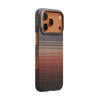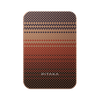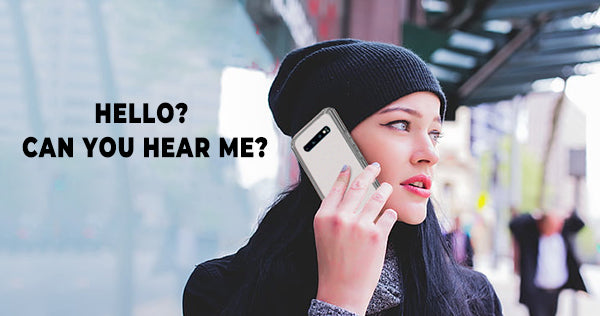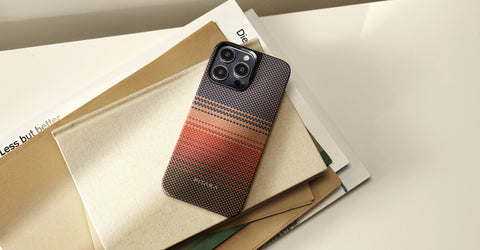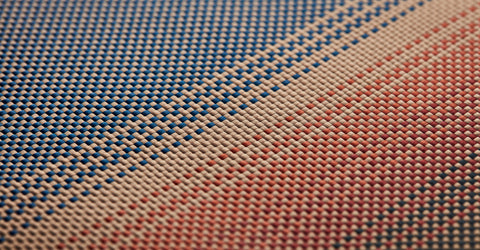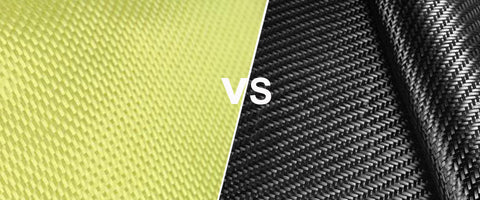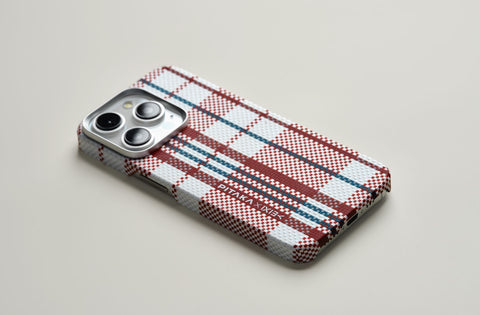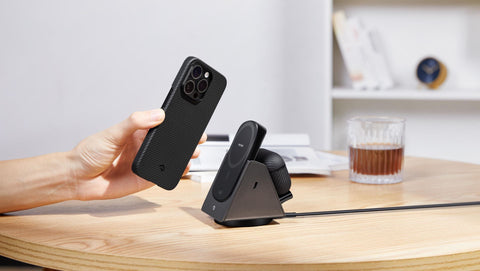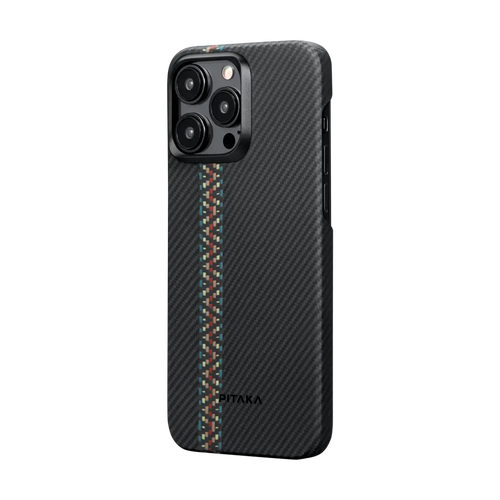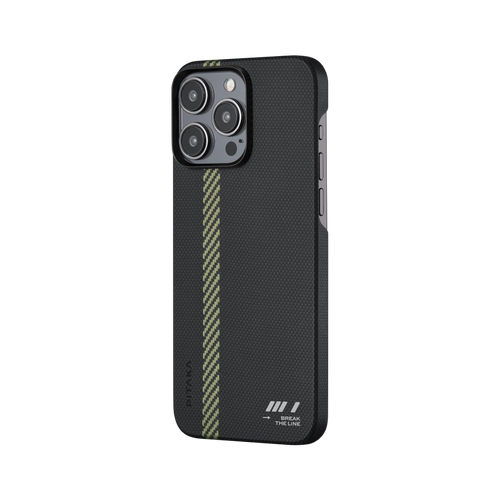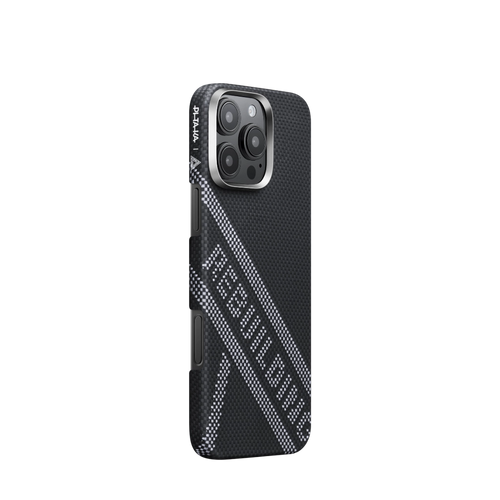
Just days before the Samsung Unpacked event, a number of phone case manufacturers were selling phone cases for the new Galaxy S20 series, 5G-compatible phones. However, whilst you will know the importance of a phone case designed to protect your shiny new phone, what you may not be aware of is that the same case can have a detrimental effect on signal strength. This is not so important with 4G networks, I mean, you don’t hear about ‘4G-compatible’ phone cases, but with 5G networks you should pay close attention to this fact.
Unlike a 5G cell phone, phone cases do not need to be embedded with tiny gadgets to use any cellular network. However, if you know how 5G works, you’ll realize that some phone cases can seriously affect the performance of these new cell phones.
Why do phone cases affect the 5G signal?
Some of you may have found out that certain phone cases do not work well with the 4G signal, let alone 5G. In a similar way to Wi-Fi signals, the faster the speed, the more sensitive they can be to objects and the 5G signal is exactly the same, which means that you have to be more careful about your choice of phone case. Read on to find out more.
What is 5G?

5G, also known as the 5th generation mobile network, is the latest technology for cellular mobile communications. In a cellular area, all 5G devices will communicate with the local antenna arrays and low-power automatic transceivers via radio waves. The transceiver distributes channels from the public frequency pool, and those channels are then used to transmit signals in the form of a bitstream. The local antenna connects to the telephone network or internet through high-bandwidth fiber or a wireless backhaul connection. When your mobile device (like your phone) moves from one cellular area to another one, it will automatically connect with the antenna in the next area, thus keeping you connected to the internet.
What’s the difference between 5G and other networks?
Just like 2G, 3G, and 4G, 5G is also a digital cellular network. What makes 5G stand out is that its data transfer rate is significantly faster than the other cellular networks, in fact it’s 100 times faster than 4G LTE.

Furthermore, the 5G network has lower latency, as low as 1ms, whilst the best 4G can do is 30~70ms. What does that mean? Well 5G allows you to watch super high-definition video and download a movie of over 1GB in a matter of seconds. And thanks to its low latency, auto driving, telemedicine, and other real-time remote applications are going to be possible.
On the surface, everything about 5G seems great, but all is not perfect.
What’s are the disadvantages of 5G?
One of the biggest concerns is that 5G has very limited transfer distances, much shorter than 4G and consequently the 5G signal requires more cell base stations to cover the same area when compared to 4G. And even though 5G is fast, it can suffer from propagation loss during data transfer.

Signal transfer is a two-way process: the antenna inside the cell phone sends a signal to the base station and then the station responds by sending a signal back to the phone, but if the phone is unable to receive it, the transfer fails. To make sure the 5G signal is stable, you need to be close to a 5G base station and try to avoid obstacles between your phone and the base station, buildings, plants, metal, even people, can all have an impact on your data transfer.
How to avoid 5G data transfer interference?
Having said that, you don’t need to worry too much about looking for open spaces, which can be difficult living in cities. As the main network companies create the infrastructure for the 5G network, engineers use computers to project signal paths using digital maps and models. They are able to figure out the best way to deploy 5G base stations in an area and maximize cellular coverage and in many countries, this is already underway.

However, it is important to understand that even though these companies and their engineers are working hard to minimize signal problems, small obstacles may still disrupt the 5G signal. For example, if you were to put your phone into a plastic box, both 4G and 5G should work perfectly, but put the phone into a metal box, and both 4G and 5G signals will fail to get through. What this means is that you need to watch out where you put your phone and what items you use with your phone.

The simple answer is that whilst you can use mobile phone accessories including phone cases, you will need to make sure that they are 5G-friendly. The thing is, a phone case is one of the most vital accessories you purchase, not only to make your phone look good but to protect it as well. This means that you need to choose the right phone case, one that causes zero signal loss.
How do you know if your phone case is 5G compatible?
Some of you may wonder: hey, 5G is not here yet, so how does someone tell if my 5G phone is working on 5G with a case on? That’s a good point. Even though there are no standards or licensing rules for phone cases just yet, you should still follow some simple guidelines to find the most suitable case for your new shiny phone.
The 5G rollout is still in its infancy
The 5G network is far from being everywhere. You don’t just need a 5G cell phone, you also have to subscribe to a 5G network service from your carrier and be in the area where 5G network is available. So far, just a few of the big carriers are offering a 5G service and the coverage is extremely limited. Even if you have purchased the newest Samsung Galaxy S20, it might be difficult to actually check whether it works with 5G or not.

No standards for 5G-compatible phone cases
There are still a number of issues for 5G network companies to solve, therefore, the phone case, as an accessory, is more of an afterthought at this stage. Even though some phone case makers brand their cases as 5G compatible, there are no standards in place. This is even more obvious when you consider Samsung, one of the leading brands making 5G cell phones, as of today, they do not offer phone cases specially made for 5G phones.

Do all phone cases block 5G signal?
How many signals can a 5G cell phone maintain with a case on? It’s still in the testing phase, but research has shown that some phone cases cause more signal loss than others. Take 4G for example, different cases can have a dramatic effect on network performance and download speeds. And it’s a similar situation for 5G, the signal is faster, but far more delicate and prone to interruption. If a phone case blocks a 4G signal, then the chances are that it will also block the 5G signal as well. So, clearly, there are phone cases that are not 5G friendly.
Phone cases you should avoid
- Cases made from conductive materials
Conductive materials reduce the energy of electromagnetic waves; in other words, they block signals. The more conductive a material is, the more the impact it has on signal strength. Amongst the popular materials used to make phone cases, you will find metal and carbon fiber, which are two types of conductive material.

- Thick cases
On top of that, cases should not be too thick. Some people prefer thick cases for their seemingly strong protection. Yes, protection is important and definitely needed for phones made largely from glass, but don’t go too far. Electromagnetic waves can become weaker after passing through objects, and the millimeter-waves utilized in 5G, are far more sensitive, meaning that they can have more trouble going through objects and remaining intact.

Try to avoid the cases discussed above because they are often not friendly for 4G or 5G. But don’t worry, there are still a lot of cases that you can choose from which do not affect the 4G network and will get you prepared for the 5G network.
Get Ready for the 5G Network with these Aramid Phone Cases
The PITAKA Air Case and MagEZ Case are both made from military-grade aramid fiber. Ultra-thin and very stylish whilst still providing protection and they do not affect signal strength at all.
Why?
Aramid fiber is not conductive
Aramid fiber is a class of man-made strong synthetic fibers with high performance characteristics. They were originally developed for use within aerospace and military applications. High-strength, incredibly resistant to abrasion and organic solvents, with no melting point, and most importantly, non-conductive which means that Aramid cases do not interfere with the 4G cellular signal, and in that sense, it will cause little 5G signal loss compared with phone cases made from other materials.

Thin enough to go unnoticed
At approximately 0.85mm thick and weighing in at just 15g, the aramid case is incredibly thin and almost as light as a sheet of paper. You will think your phone is naked even though it has a case on. With these characteristics, you can be assured that this phone case is not going to disrupt your signal.

As the most important phone accessory, network performance is not the only reason why you purchase a phone case. The best phone case should be more than that. The Air Case/MagEZ Case has a non-slippery, silky-soft texture, so thin that it feels like you are holding the phone without a case yet because it is made from aramid fiber, it’s durable enough to provide the protection you need.

In Conclusion
5G is currently the fastest growing technology and it is set to change the world. More and more 5G products are emerging on the market and 5G cell phones are amongst the hottest of them all. Everyone is excited about the tremendous change that the 5G network will bring, but keep in mind that it’s not as easy to use the 5G network as 4G.
Remember. it’s more sensitive to obstacles and interference, so picking the right phone case is more important than ever, otherwise, you might find that you can’t enjoy the 5G network when everything else is ready. Check whether your phone case blocks the cellular signal based on the tips we have covered above, regardless of whether it’s 4G or 5G.
Alternatively, you could just accept the best and get yourself a PITAKA Air Case/MagEZ Case. It comes highly recommended for its design, its excellent finish and quality materials and you will find cases for all the latest phone models, including the S20 aramid case with no signal loss whatsoever.

